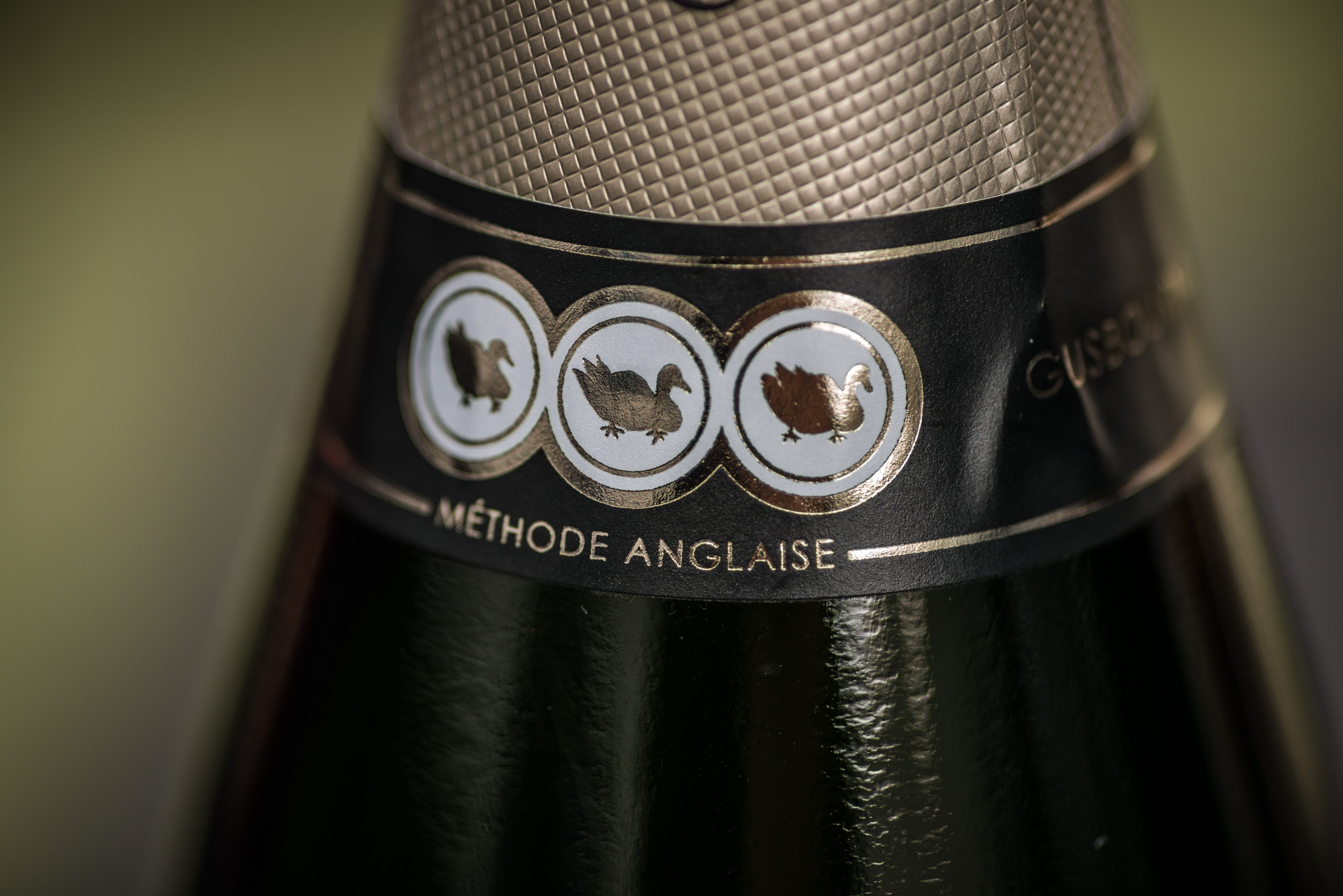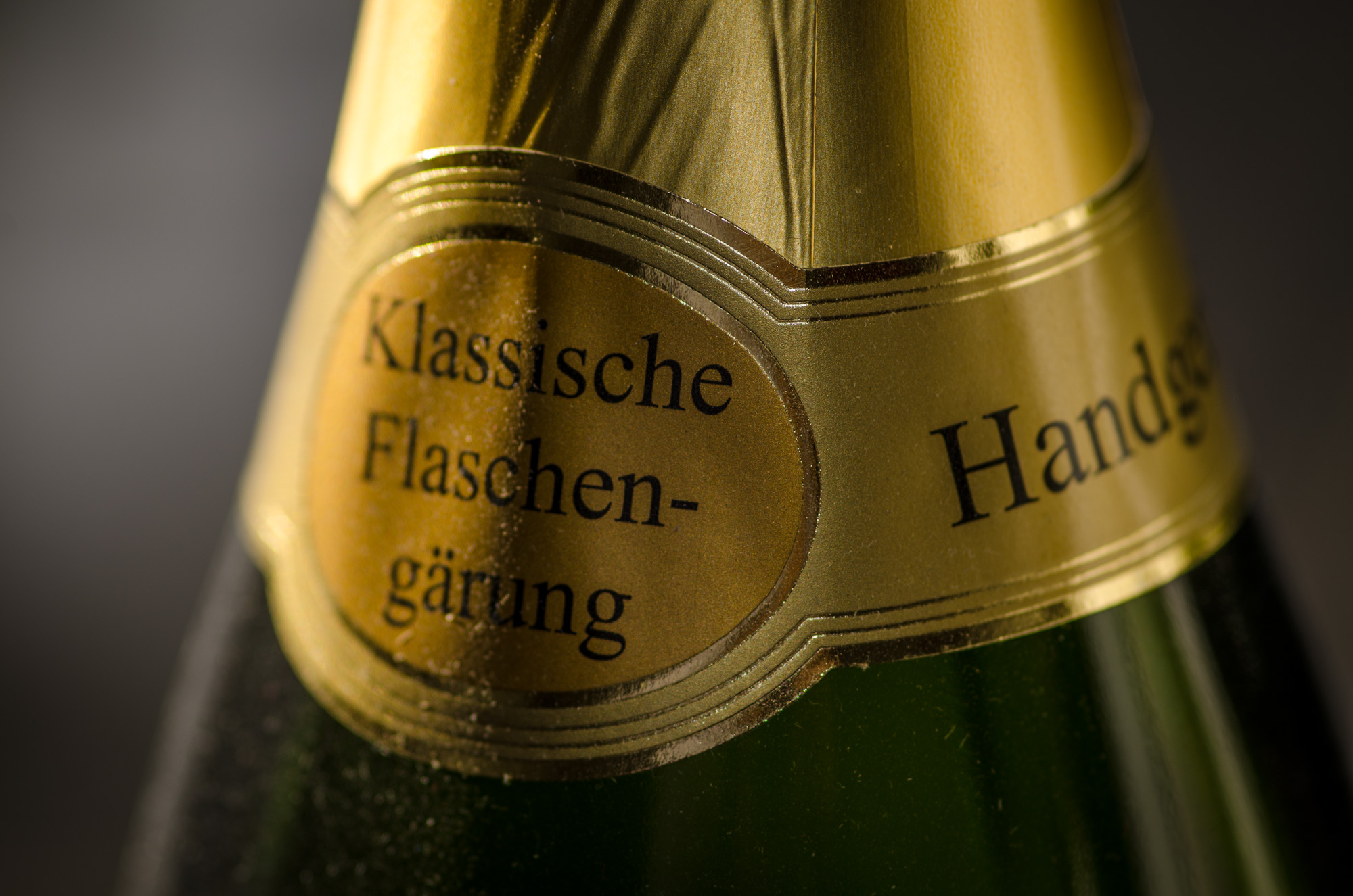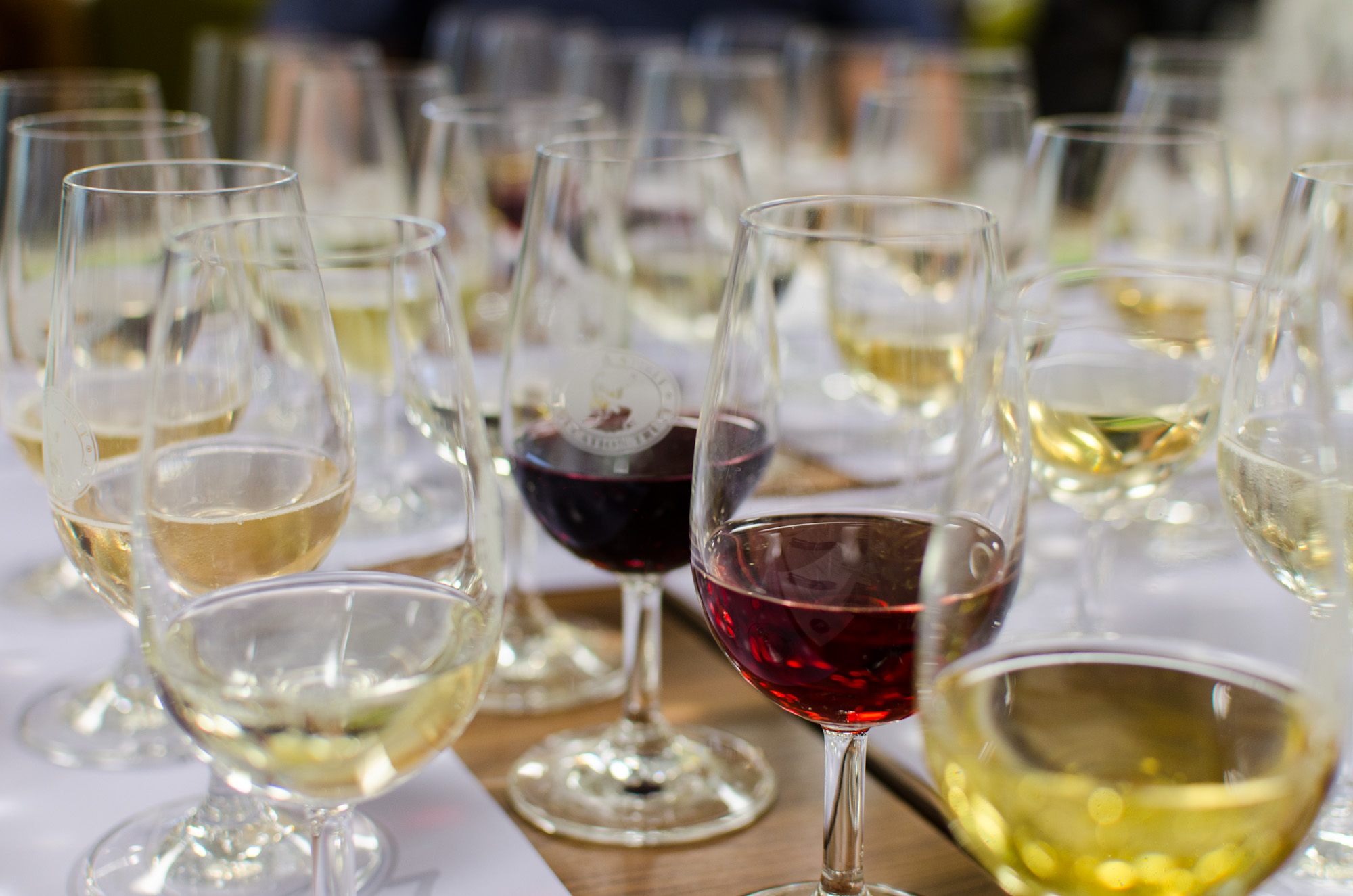Nyetimber, Blanc de Blancs, 2003
With the festive season with all its celebrations and debauchery now upon us what could be better to review than a classy sparkling wine? Well, yes and no - I have never held much with going for wines that are in season. Sometimes I want a bold red in summer, sometimes a refined sparkler on a dull Tuesday evening with nothing to celebrate. When it comes to wine I tend to go with the advice the head of department in my first full time job gave me: "A good Riesling in itself is a reason to celebrate." A wise statement, although I think it can be expanded to cover all glorious grapes and wonderful wines of this world. So here is another reason to celebrate - and behold, it is an English sparkling wine.

A Nyetimber 2003, to be precise - a wine from the Nyetimer vintage that caused a little sensation when a few years ago its sibling, the Classic Cuvée, won a respectable international sparkling wine tasting, beating the likes of Bollinger, Pommery and Louis Roederer. How good is the Blanc de Blancs?









